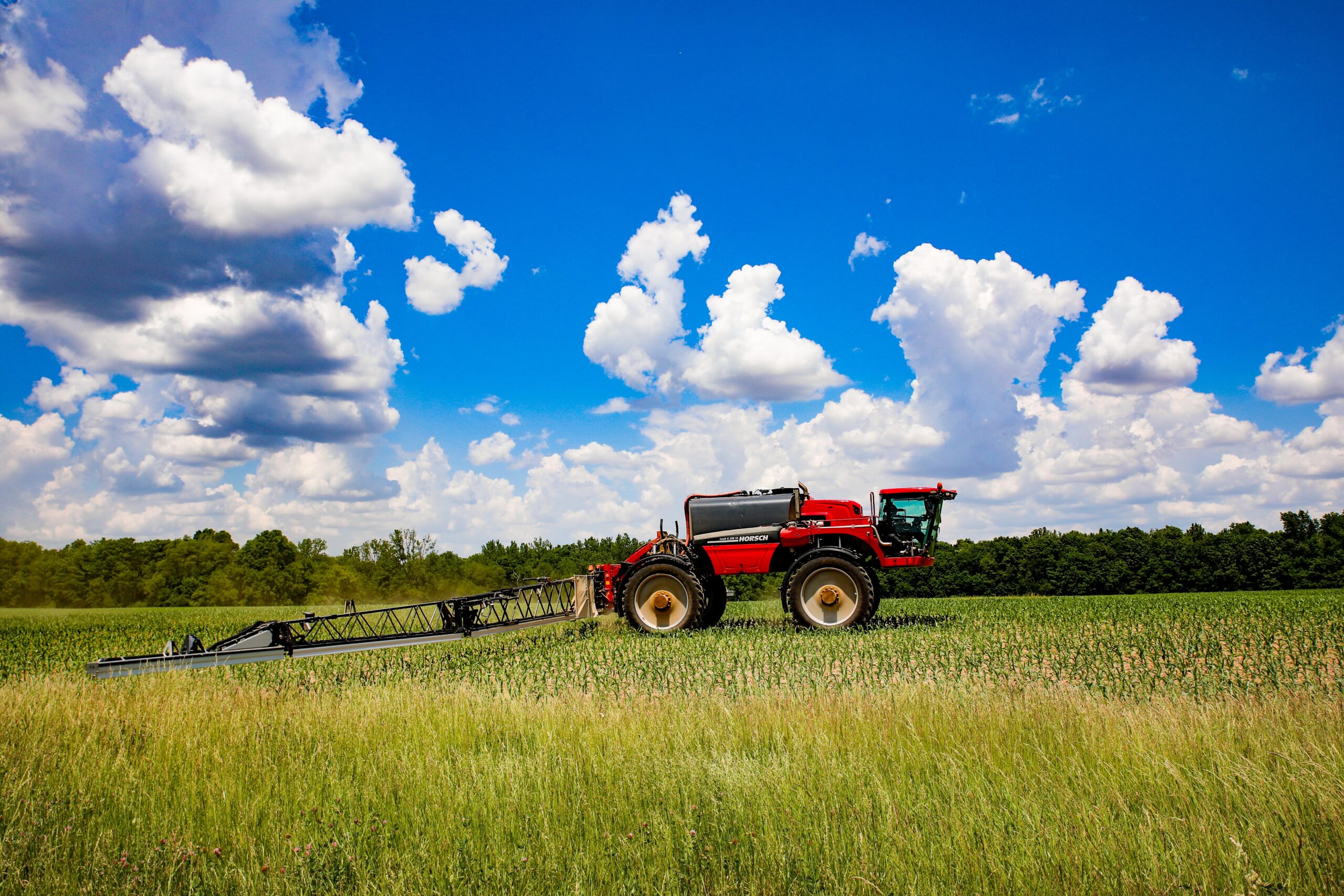
Brief Overview of What We’re Doing
Delta Institute supported farmers in implementing innovative conservation practices through greenhouse gas (GHG) credit markets. Delta worked with farmers in Illinois, Michigan and Oklahoma to test a range of models to estimate and credit on-farm reductions of nitrous oxide (N2O) emissions. This project has the potential to set a new approach for conservation agriculture.
More specifically, Delta Institute and our partners created a novel nitrous oxide carbon credit methodology that allowed producers to access carbon market revenue from reducing fertilizer application rates. In addition to protocol development, the team created an outreach and engagement framework, quantification and modeling processes, program administration infrastructure, and successfully launched the pilot program. Delta was able to deliver the first successful nitrous oxide reduction project on the voluntary carbon market. Delta’s role included grant administration, protocol research and development, quantification and modeling assessments, evaluation, aggregation and administrative infrastructure, payment framework development and implementation, and reduction indicator tracking. The project was highlighted by Agriculture Secretary Vilsack for its innovation and success.
The goal of this project was to support farmer implementation of nutrient management practices using GHG emission reduction credits, and to support market design and participation. Delta Institute proposed the following objectives to support that goal:
-
- Research and analyze existing and planned nutrient management protocols to understand implementation requirements.
- Analyze different nutrient management models with real producer practices and data to understand variability on GHG credit values.
- Create an efficient system to enroll, manage, and aggregate producers to earn GHG credits for nutrient management and conservation practices.
- Enroll producers, register projects, coordinate verification and registration, and complete GHG credit transactions.
- Evaluate different implementation strategies to understand the most effective enrollment structure for producers.
- Policy analysis and recommendations.
Delta’s experience administering this project, ranging from direct farmer outreach to capacity building of national associations, has led to the following conclusions and recommendations:
-
- Incentives for voluntary programs should be simple and have low barriers to entry.
- Emphasis on environmental and economic benefits should be framed around issues that resonate with producers.
- Money is necessary, but not always sufficient to meet the needs of producers.
- The private sector can play a significant role in delivering conservation outcomes throughout the supply chain.
Learnings from this project have informed our many Soil Health and Land Valuation efforts that are operating throughout the Midwest today.
Partners
We are grateful to our many partners, including National Wildlife Federation, American Farmland Trust, Conservation Technology Information Center, EKO Asset Management Partners, American Carbon Registry, Oklahoma State University, Oklahoma Conservation Commission, and DNDC-Applications Research and Training.
Funding
This project was funded by a USDA NRCS Conservation Innovation Grant.

